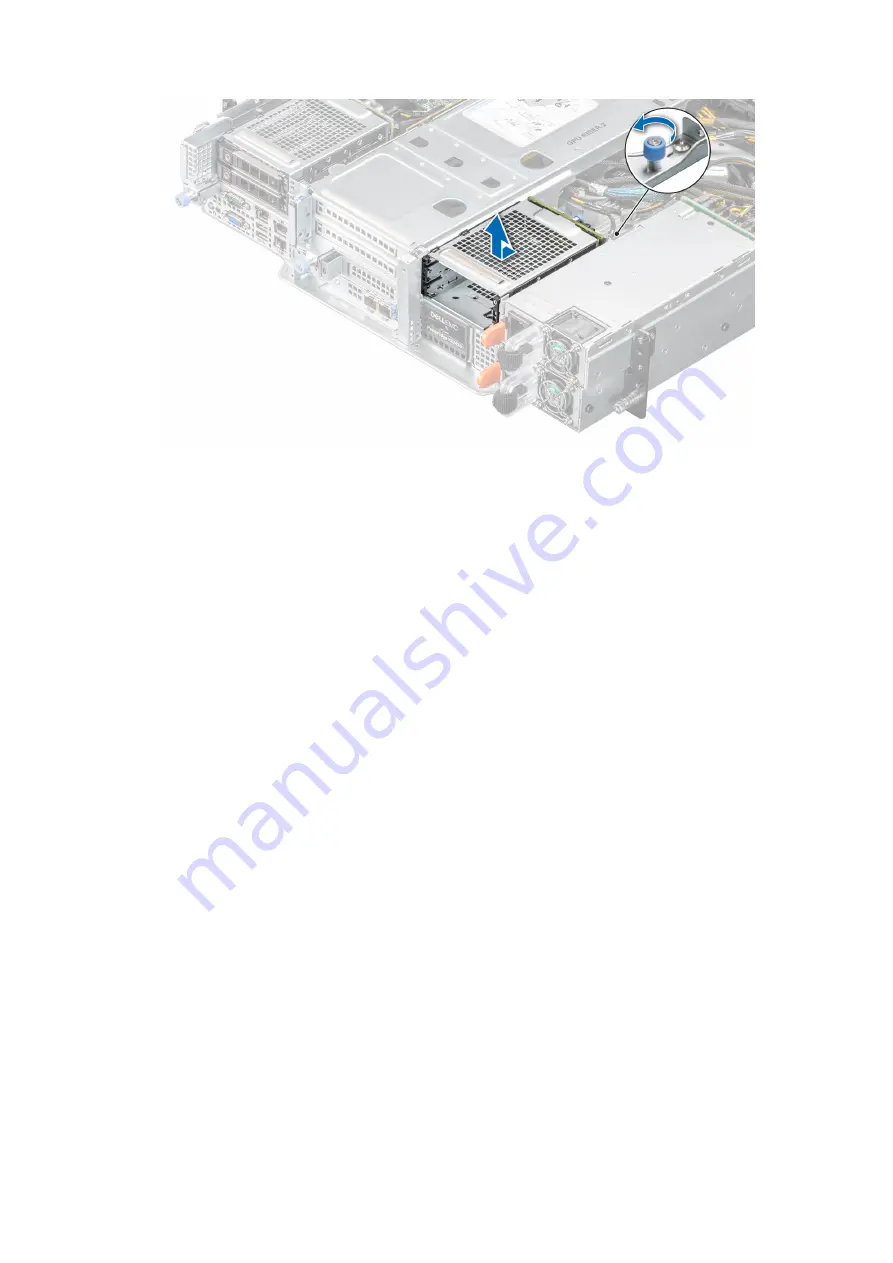
Figure 62. Removing the primary drive bay assembly
Next steps
Replace the primary drive bay assembly
.
Installing the primary drive bay assembly
Prerequisites
1. Follow the safety guidelines listed in the
2. Follow the procedure listed in the
Before working inside your system
.
Steps
1. Insert the backplane assembly into the guides in chassis and slide the assembly towards the rear to lock the assembly.
2. Tighten the blue thumb screw to secure the assembly with chassis.
86
Installing and removing system components






























